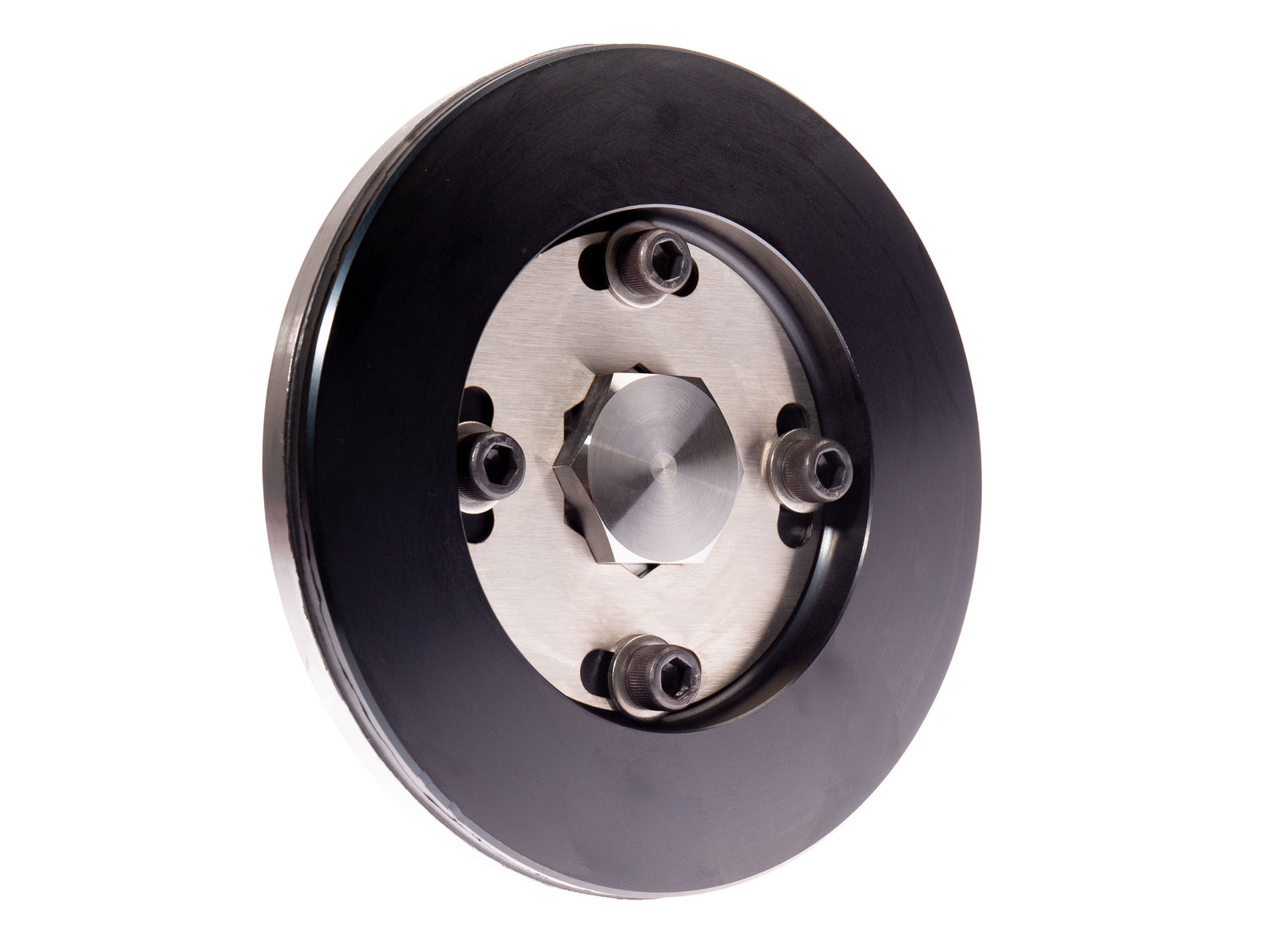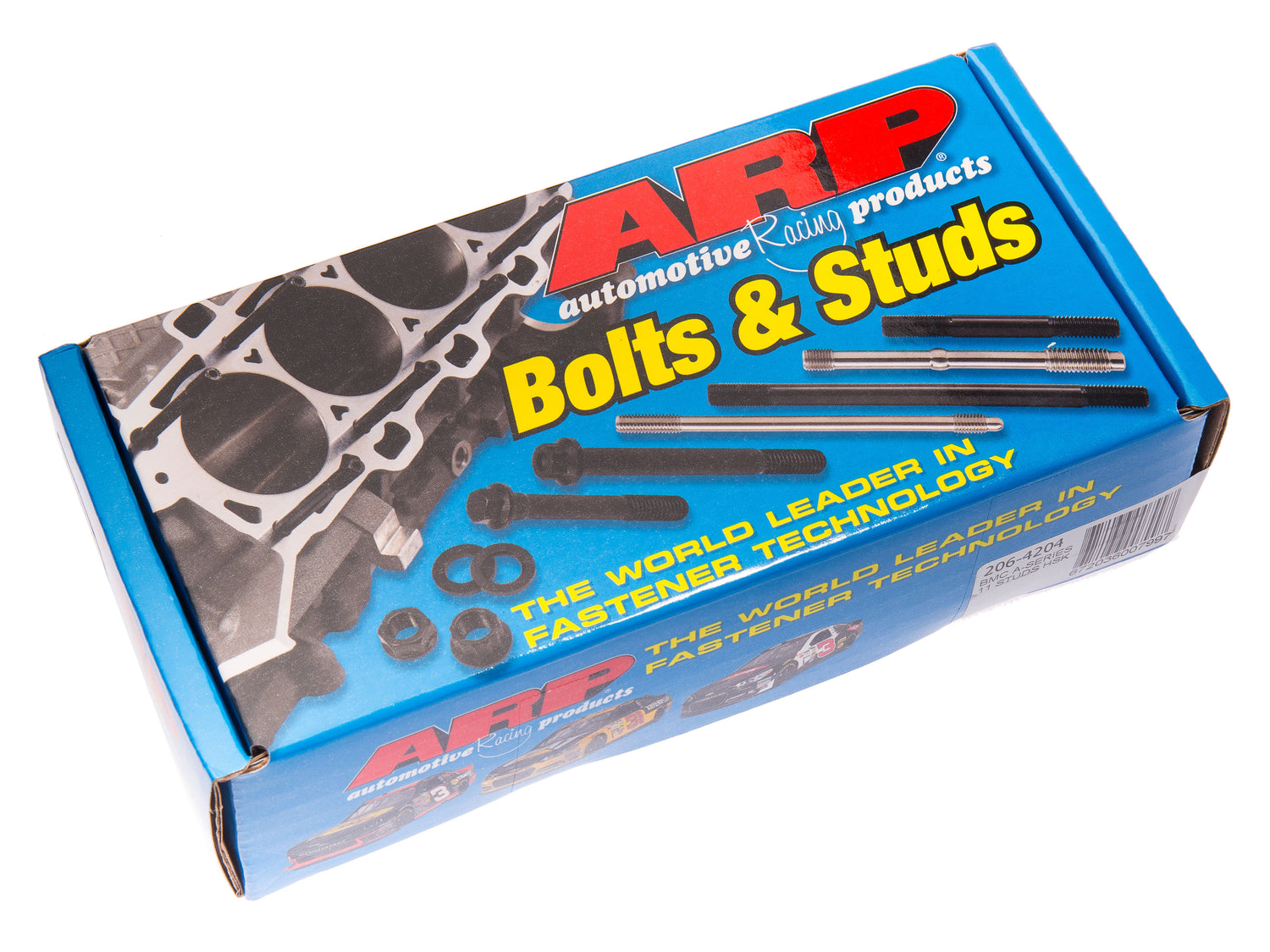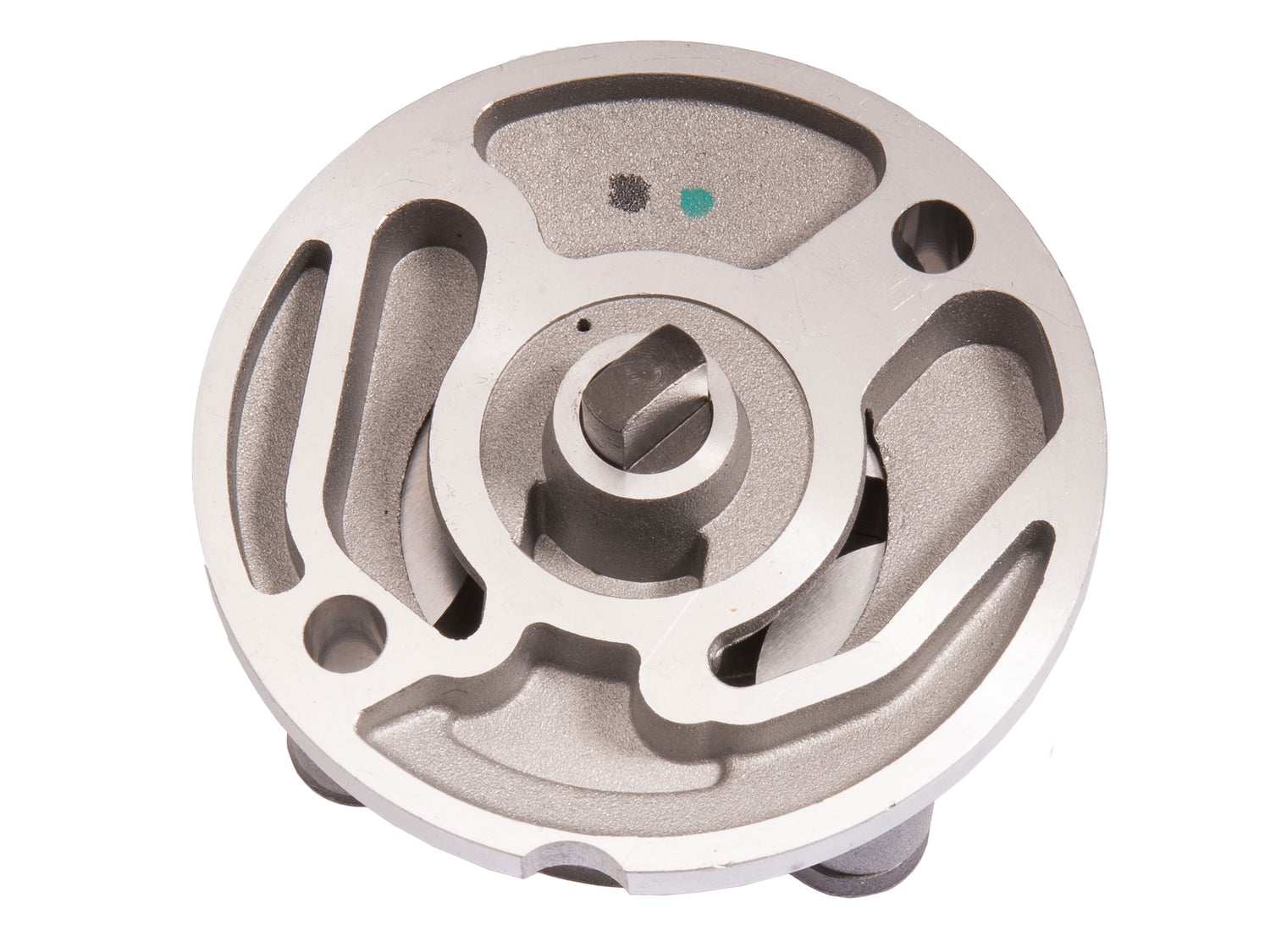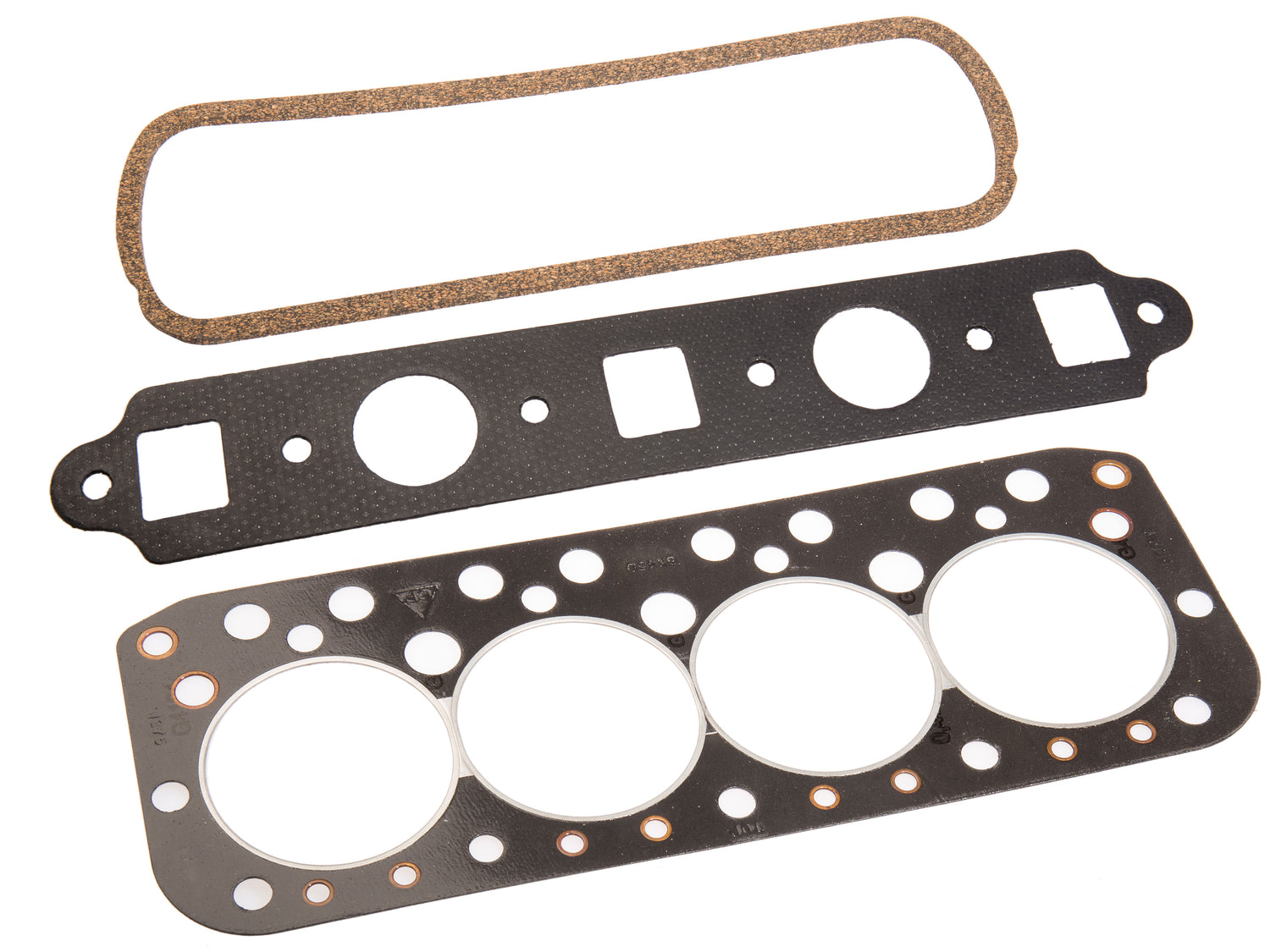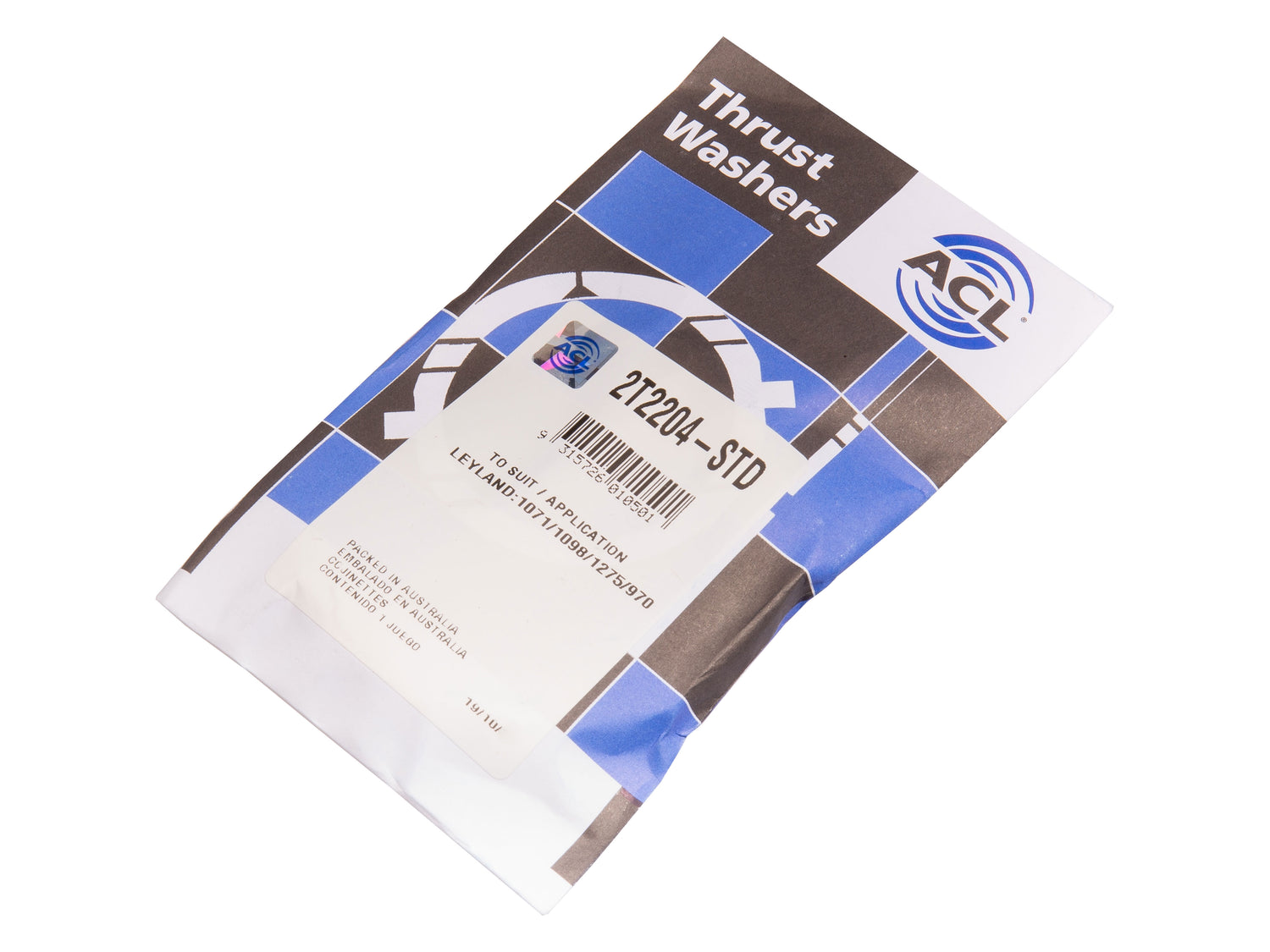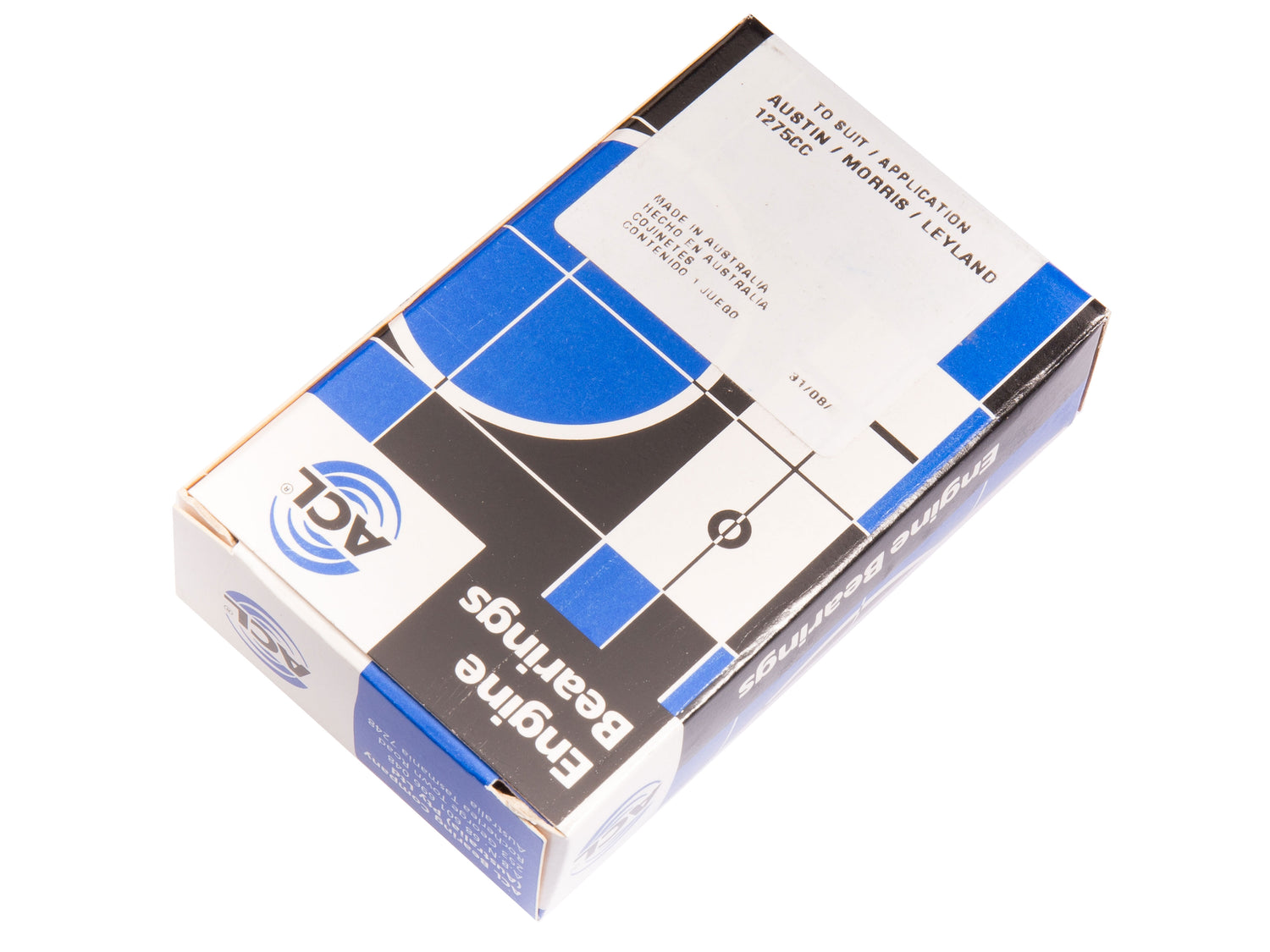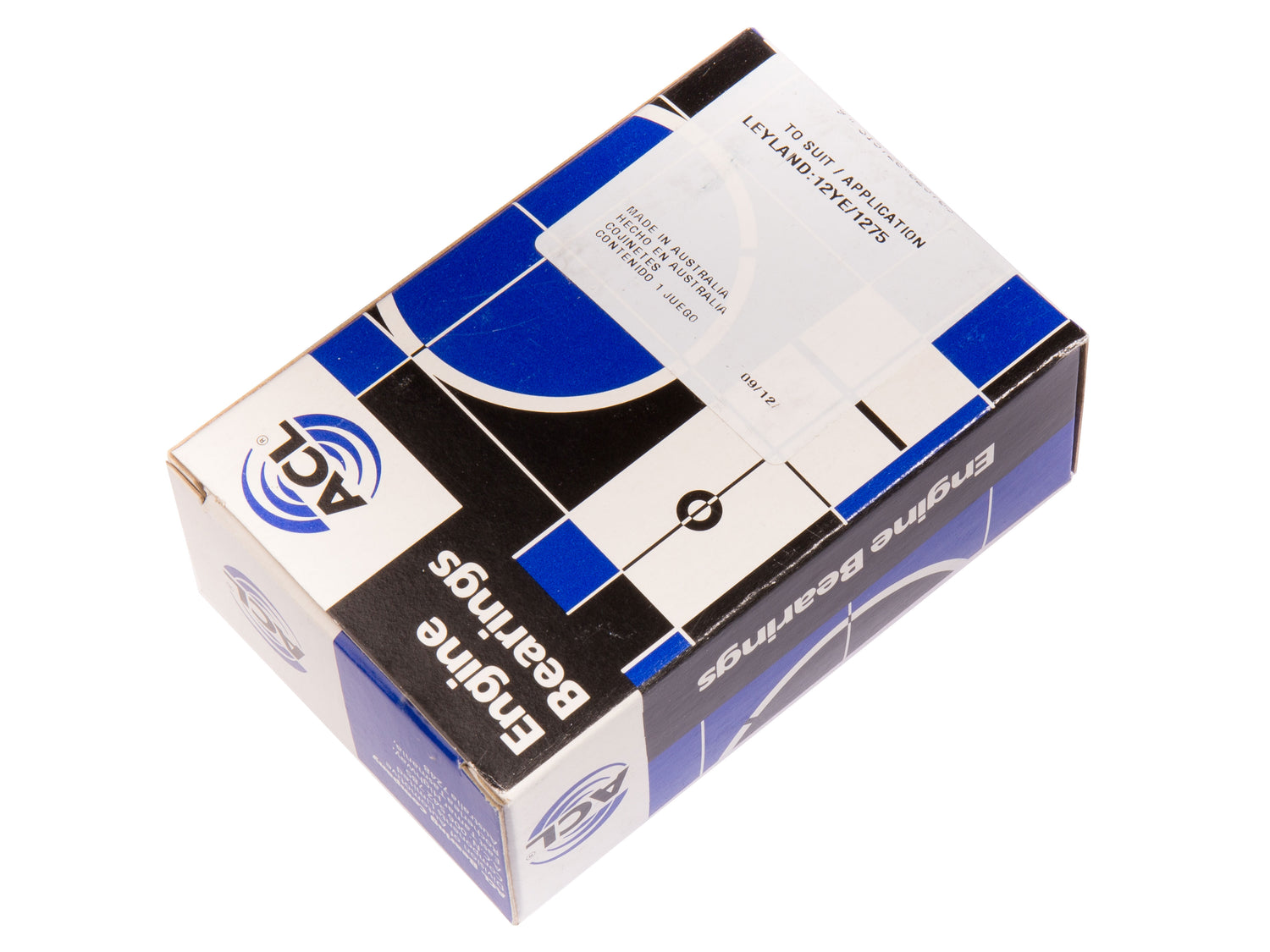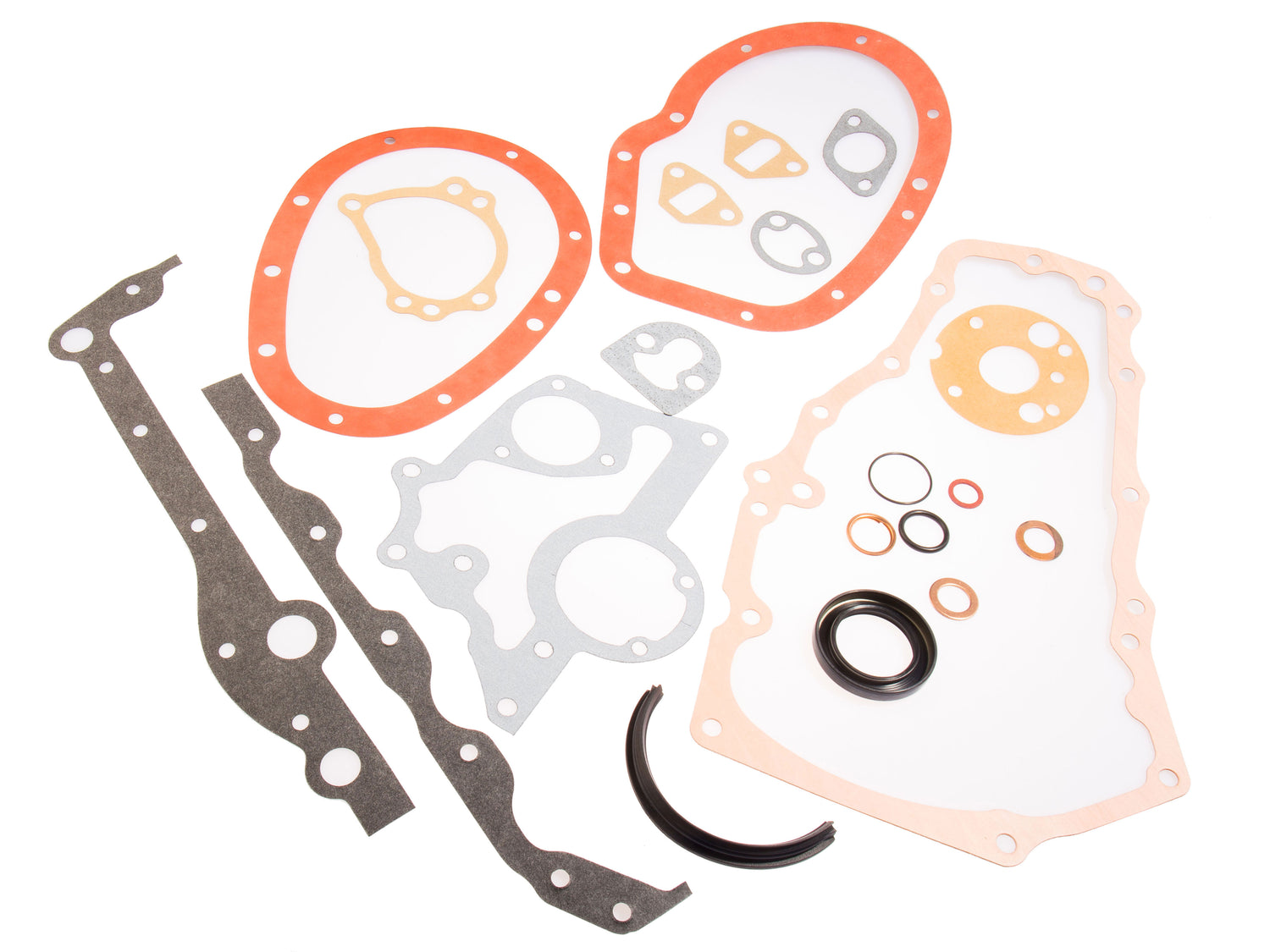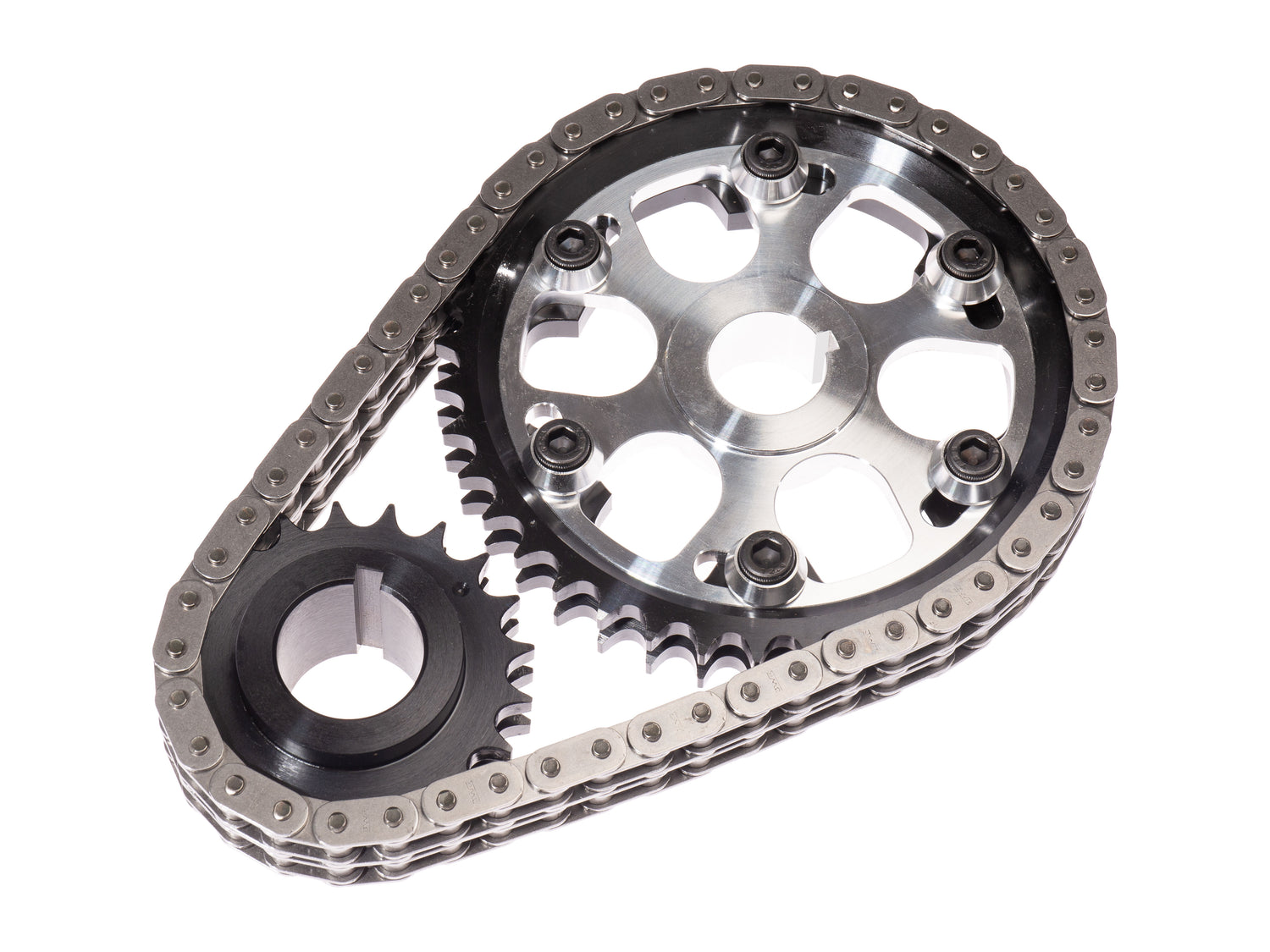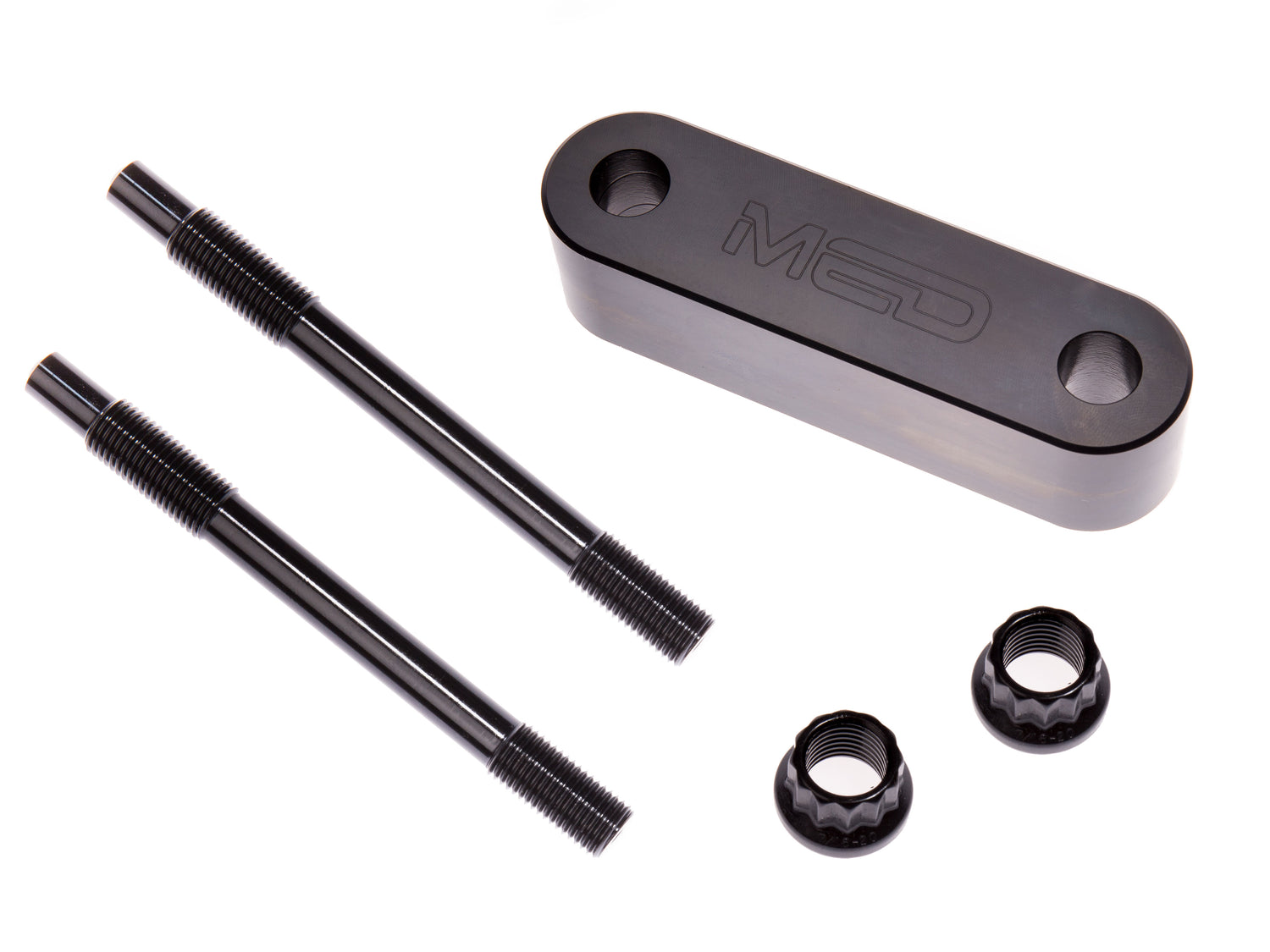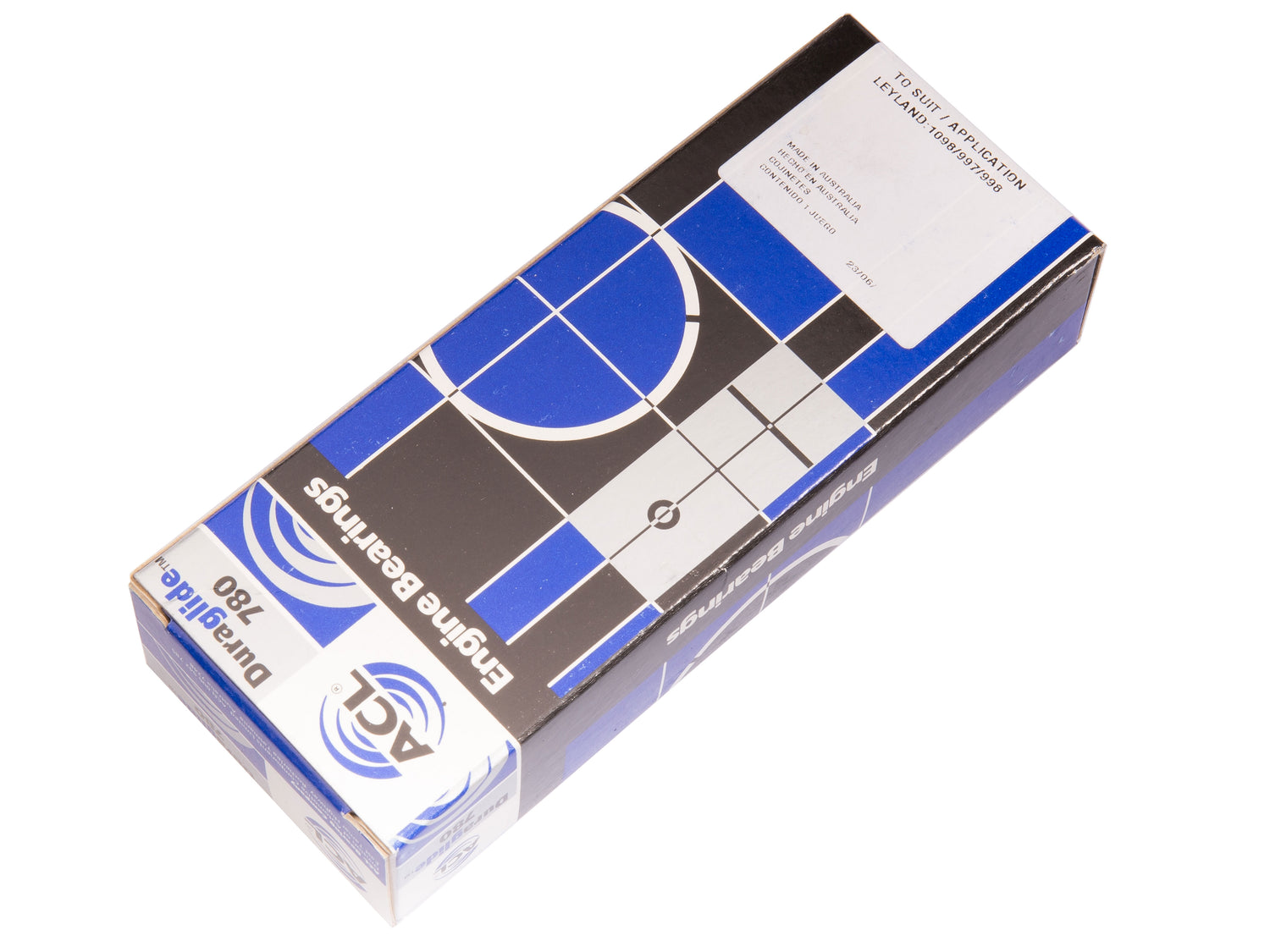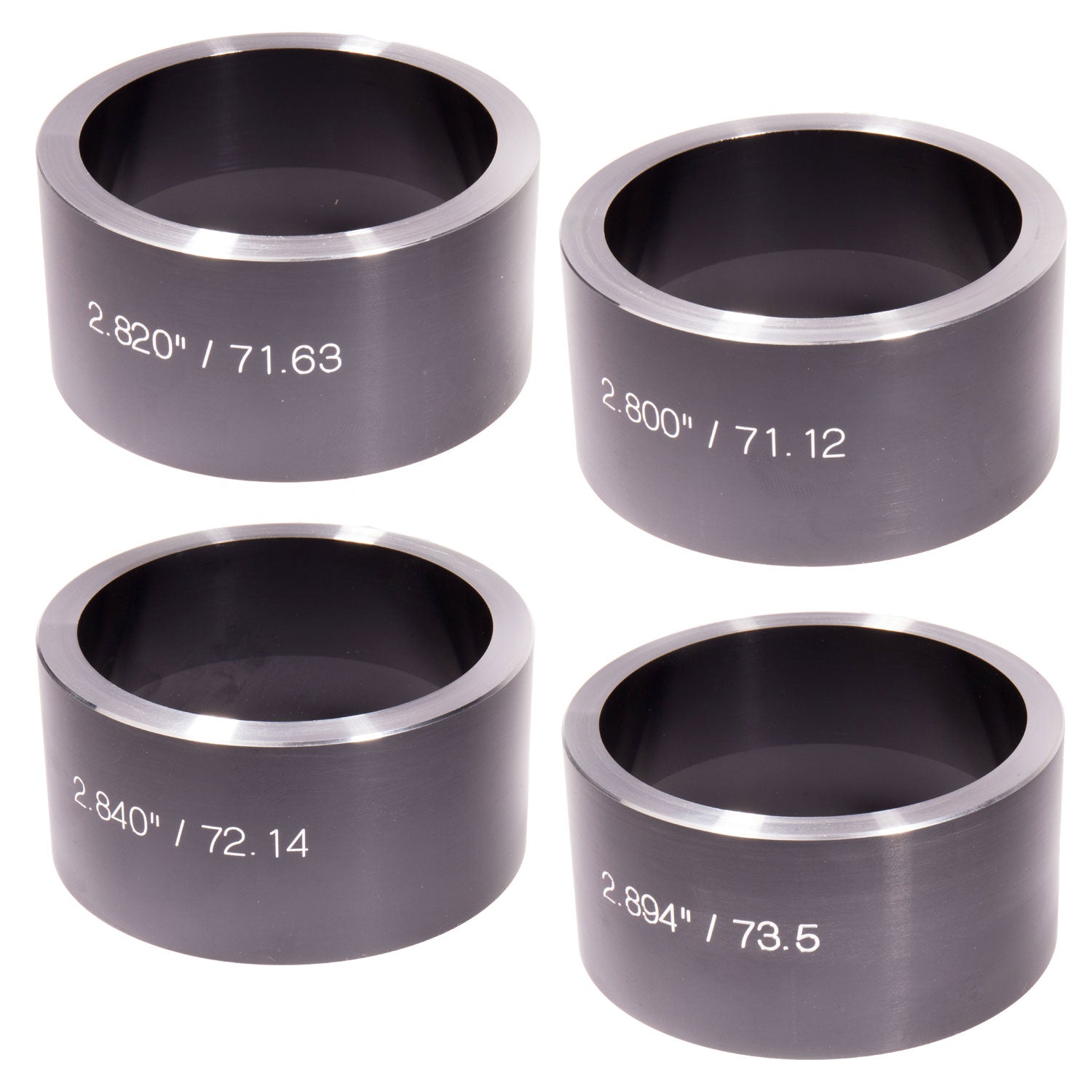Classic Mini Fuel Tanks - Top Tips

When the Mini was introduced in 1959 it was fitted with a 5.5-gallon petrol tank. At around 40mpg, this gave a range of about 220 miles. This was in line with most other cars of the era and UK petrol stations were much more plentiful back then, with just about every town and village having at least one.
Besides, after 220 miles in an 850 MkI Mini, you'll be thankful of a short rest!
The 5.5-gallon tank was adequate for the 1000cc Mini Coopers too, provided they weren’t driven too hard. 
Enter the Mini Cooper S, however, and a greater capacity was soon felt to be needed – especially in longer distance journeys and in competition.
The problem was sorted with the addition of a right-hand tank which doubled the fuel capacity, optional at first and then standard on S models from 1966.

The additional tank was also available for all Mini saloons from BMC Special Tuning and quite a few sub Cooper Ss were fitted with one. A right-hand tank was quite a status symbol; some 1970s Mini owners were even known to cut the neck off a scrap tank to give the Cooper S look!
Perhaps surprisingly, the extra tank was never fitted to the 1275 GT as standard, probably for cost reasons.
In 1974 the fuel tank capacity was increased to 7.5 gallons for the 1275 GT and in 1980 this became standard in all saloon Minis; SPi and MPi Minis were fitted with a different version of the 7.5-gallon tank with the fuel pump located within the tank.

All long-wheelbase Minis, with the exception of early Countryman/Traveller models, had a 6-gallon tank.
The petrol tank is something that rarely needs to be removed or replaced. The flexible fuel pipe from the tank to the fuel pump or fuel line does periodically need replacing and it is a wise precaution if you have an older one to replace it with ethanol-proof hose – and this includes the flexible pipes in the engine compartment too.

The left-hand tank can have the strap released and be swung across the boot slightly to allow access to the top damper mounting for suspension work but the tank must be empty or very nearly empty if this is to be done and you may prefer to remove it rather than doing this.
The flexible fuel pipe must be checked during and afterwards. The main reason for removing the tank completely is usually because the bottom of the tank has rusted out. This is quite likely to happen if a Mini is left standing for years; water droplets in the fuel can sometimes rust the tank right through.

The two standard left hand Mini saloon petrol tanks; on the left the 7.5-gallon tank fitted to the 1275 GT from 1976 and to all Mini Saloons from 1980 and right the earlier 5.5 gallon.
Tanks should be checked regularly and flushed out if there is any debris or the car is being restored. Replacement tanks are available in 5.5 gallon, 7.5 gallon and injection 7.5 gallon versions, also 6-gallon LWB tanks.
The 5.5-gallon tank fitted to all earlier Saloons. Mk1 tanks have some differences to Mk2-onwards but all are interchangeable will minor mods.
Upping a 5.5-gallon to a 7.5-gallon tank is a straight swap, the only downside being a loss of boot capacity (and originality). This same downside of course applies to adding a right-hand tank and this becomes even more so if the left-hand tank is the later 7.5-gallon option.
The larger 7.5-gallon tank fitted from 1980 on (1275 GT from 1974). The extra capacity was very useful but came at the expense of boot space. Injection Minis use a similar sized tank but there are a number of differences in the pipework and fuel pump departments.
The fuel outlet pipe is in the same position on all left-hand non-injection tanks.

The securing strap for the early 5.5-gallon tank goes over the top and is almost hidden from view. The securing bolt goes into a captive nut on the boot floor.

The later 7.5-gallon tank is held in by a diagonal strap bolting into a bracket welded to the boot floor. The over-tank strap can be used on 7.5-gallon tanks when they are replacing a 5.5-gallon tank.

The fuel sender is located in the side of the tank on all pre-injection tanks.

The fuel injection fuel tanks have an integral high-pressure pump, with outlet and return line fittings on the top, with twin fuel lines running under the floor.
Some, but not all, featured an anti-spill return flap in the filler neck, depending on the year of Mini and country of export.

To completely remove a tank, it must first be drained. Pre-injection tanks can be more easily moved into the boot to gain access to the damper mounting on the wheel arch or to remove and replace the left hand rear light.
The fuel level must be very low or the tank drained to do this and movement is limited as the tank is pivoting on the outlet pipe.

Tanks rarely need to be completely removed unless welding repairs or major body repairs are needed. The other reason is the bottom of the tank rusting out, which is more likely if the car has been standing for a long time. This tank was given an emergency temporary repair using Plastic Padding Leak Fix back in the 1980s.
They also tend to rust around the filler neck, where the foam collar beneath the rubber seal retains moisture and rots through over time. It's often hidden, so if you regularly have the smell of petrol in the cabin, check this area first.
New tanks are available in 5.5-gallon and 7.5-gallon sizes.
Mk1 Mini Saloon tanks had a drain plug on the boot side of the seam on the tank. This is basically a bleed valve and there was a hole in the boot floor through which the bleed valve protruded. Reproduction left-hand 5.5-gallon tanks usually have this drain facility.
If a new repro tank is fitted to a 1969-onwards Mini, the boot floor will have to be modified. The alternative is to cut out the valve and weld in metal - not really desirable - or a use shorter blanking screw in place of the bleed valve.
Most people opt to drill a hole in the boot floor. This is the exact position of the Mark 1 drain hole is as per this diagram.
Once the hole is marked, the tank can be offered up just to ensure that there is no variation with the reproduction tank.
The Mk1 tank drain had a special seal which is listed as being unavailable from most of the Mini Specialists, part number ARA1160.

A right-hand tank can be used with a 5.5 or a 7.5 left-hand tank, but obviously boot space will be even more limited. Injection Minis can have a Right Hand tank but fitting is more involved with regards to the fuel feed and return line.
One final important point, if a R/H tank is being fitted, make sure to do any suspension work at the rear beforehand as it is not really possible to swing either R/H or L/H tanks when they are linked by the link pipe. Both tanks will need to be drained and removed.
Apart from the tank itself, a number of other components are required to fit twin tanks. These are available as a kit from most general Mini parts specialists.

A tank stand is needed to support the tank. This is part of the kit and needs to be welded, pop riveted or bonded to the boot floor. Lay the stand in position and trial fit the tank to determine positioning.

The same method needs to be used for the upper strap bracket which fits to the seat back.
The rear seat needs to be removed and holes drilled from inside the car to fit the bracket.
The scariest part of right hand tank fitting is cutting that hole in the rear panel for the filler neck. The best way to determine the correct position is to make a template from the left hand filler hole preferably with the tank removed – although it can be done without.
I made a template of aluminium foil and then reversed it out. Be warned though, the rear of a Mini is not often 100% symmetrical…
A link pipe runs between the two tanks on this setup. It will usually need bending to shape slightly to fit correctly. The flexible hose from the link pipe to the electric fuel pump or fuel line on the underside of the car exits the boot through the same hole as with a single tank.
Twin 5.5-gallon petrol tanks fitted up. Compare this to the earlier image for an idea of remaining boot space when the L/H tank is a later 7.5 gallon.

The degree of filler neck protrusion is important, especially if you want to fit an Aston or Monza type filler cap. Also, some repro tanks have filler neck angle variation – this one for instance is not great.

Always check filler neck position with a filler cap fitted. There is not much in the way of adjustment, but if the angle is way out the tank could be panel beaten to correct to some degree.

Competition Minis will often do away with the standard tank. in favour of a centrally-mounted aftermarket type. Not only does this improve safety by bringing the filler neck inside the boot, the foam-filled internals reduce the percentage of fuel vapour inside when the level is low.
As we know from internal combustion engines, fuel stored in a liquid state is far less flammable compared to a gas, mixed with oxygen.

Some after-market 'fuel cells' are shaped to fit the standard Mini boot floor, whereas others are designed to fit on a replacement flat floor. Aside from the safety improvements, this helps to more evenly distribute the weight.
It can also help with anti-rollbar installation.
And then at the more extreme end of the scale, we have super-trick installations such as this bag-equipped fuel cell - touring car spec in a Mini!
January 2025




